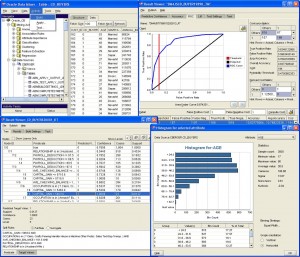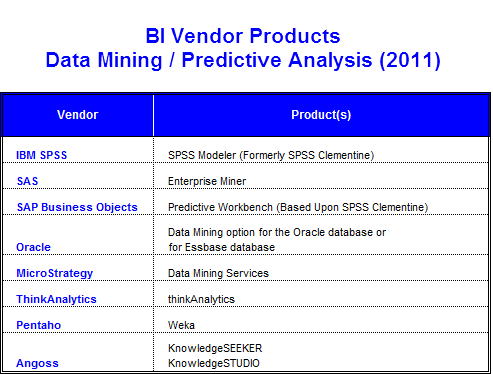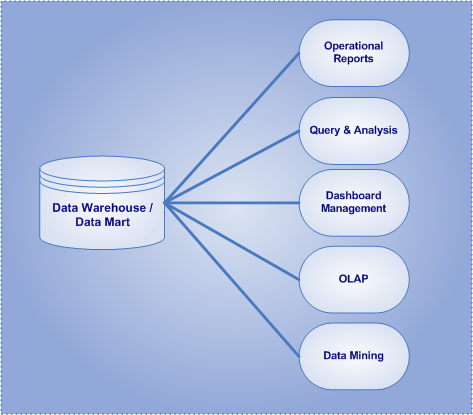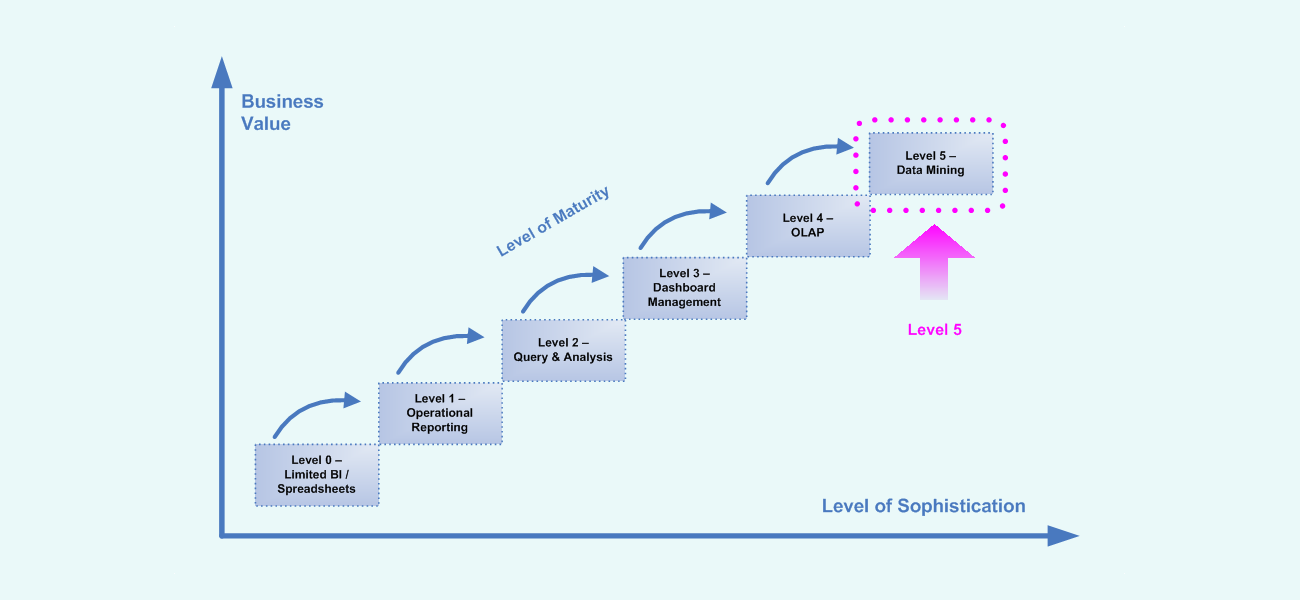Overview of Data Mining & Predictive Analytics Concept
According to data-mining-guide.net, data mining is the process of analyzing large data sets in order to find patterns that can help to isolate key variables to build predictive models for management decision making. In addition, data mining applications help discover hidden patterns and relationships in data in order to effectively project and predict future results. In order to accomplish this goal, data mining applications utilize statistics, algorithms, advanced mathematical techniques, and sophisticated data search capabilities.
 According to webopedia.com, predictive analytics is the practice of extracting information from existing data sets in order to determine patterns and predict future outcomes and trends. Predictive analytics does not tell you what will happen in the future. It forecasts what might happen in the future with an acceptable level of reliability and includes what-if scenarios and risk assessment. Predictive analytics requires a high level of expertise with statistical methods and the ability to build predictive data models. As a result, it’s typically the domain of data scientists, statisticians and other skilled data analysts. The highly skilled analysts are typically supported by data engineers, who help to gather relevant data and prepare it for analysis, and by software developers and business analysts, who help with data visualization, dashboards and reports.
According to webopedia.com, predictive analytics is the practice of extracting information from existing data sets in order to determine patterns and predict future outcomes and trends. Predictive analytics does not tell you what will happen in the future. It forecasts what might happen in the future with an acceptable level of reliability and includes what-if scenarios and risk assessment. Predictive analytics requires a high level of expertise with statistical methods and the ability to build predictive data models. As a result, it’s typically the domain of data scientists, statisticians and other skilled data analysts. The highly skilled analysts are typically supported by data engineers, who help to gather relevant data and prepare it for analysis, and by software developers and business analysts, who help with data visualization, dashboards and reports.
Fundamentally, data mining and predictive analytics tools provide answers to questions that may never have been asked and these tools are effectively able to determine relative amounts of correlation between data elements. Further, the predictive features of data mining tools enable organizations to exploit useful patterns in data that may have otherwise been difficult to determine.
Characteristics of Data Mining & Predictive Analytics Applications
- • Leverages statistics, advanced techniques, algorithms, and sophisticated data search capabilities
- • Extrapolates past organizational performance
- • Forecasts and predicts future results of the business
- • Provides answers to questions that may never have been asked
- • Calculates levels of correlation between data elements
- • Implementers are experts of statistic analysis and/or processing of large queries





